Resnick Pavilion, Los Angeles County Museum of Art
5905 Wilshire Blvd. Los Angeles, CA 90036
Street parking or Pritzker Parking Garage ($16)
Space is limited; RSVP recommended
This event is free; $10 suggested donation to GYOPO
Beyond Line: The Art of Korean Writing is the first exhibition outside of Asia to focus on the history of writing and calligraphy in Korea. Long considered to be one of the highest art forms in Korea, calligraphy is believed to mirror one’s qualities as a human being in ways that are unmatched by the other arts. Organized both thematically and chronologically, the exhibition explores the role of calligraphy in different strata of Korean society for over nearly two millennia, including works in hanja (Chinese ideographic characters) as well as Hangeul (Korean phonetic script). The lives and legacies of writers and calligraphers are examined through works by kings and queens, officials and scholars, painters and monks, and even slaves. The exhibition also explores Korea’s innovations in woodblock printing during the Goryeo dynasty (918-1392) and in movable metal type during the Joseon dynasty (1392-1897).
Header image: Installation photograph of the exhibition Beyond Line: The Art of Korean Writing, at the Los Angeles County Museum of Art, June 16, 2019 – September 29, 2019, photo © Museum Associates/ LACMA
GYOPO requests the pleasure of your company at our Inaugural Benefit Rooftop Party at the Petit Ermitage. Join us for a sumptuous end of summer with an evening of sipping premium Hwayo Soju and signature cocktails by award-winning mixologist Cari Hah paired with small bites.
GYOPO is a group of LA-based Korean-American artists, curators, writers, arts professionals and cultural producers who present lectures, programs, and events for the wider community. This fundraiser will enable GYOPO to continue programming, pay speakers and venue fees, and allow free entry for artists, students, and anyone in the community to learn about contemporary Korean and Korean diasporic culture. To learn more about past, present, and future programs, join us on September 20th.
Cari Hah, a wonderfully inventive Korean-American bartender, has created an original cocktail recipe using Hwayo soju for the event. Hah has competed in and won a number of competitions, including the G’vine Gin global competition (2012), Jameson Black Barrel Competition (2015), and Speedrack (regional finalist in 2013, 2015), in addition to working as a bartender, consultant, and brand representative over the years. Hah has honed her craft at many renowned bars, including The Varnish, Cole’s, and Neat. She currently heads the bar program at Big Bar in Los Feliz.
GYOPO is in the process of becoming a 501(c)3 non-profit organization. Currently, Human Resources Los Angeles is acting as our fiscal sponsor.
All individual ticket sales are tax-deductible minus $100. Human Resources will send a thank you letter to each ticket purchaser, which will document your tax-deductible donation.
Sponsored by Susan Baik, with generous support from HWAYO, Petit Ermitage, and Steven Song and Jiwon Choi.
Baik Art LA
2600 S. La Cienega Blvd, Los Angeles, CA 90034
Space is limited; RSVP recommended
This event is free; $10 suggested donation to GYOPO
GYOPO presents contemporary Korean historian Namhee Lee and independent curator Christopher Phillips in conversation about acclaimed South Korean photographer Han Youngsoo, his extraordinary photographs, and the period of turmoil and urban transformation following the Korean War. This special program will take place at Baik Art Gallery coinciding with Han Youngsoo: Photographs of Korea, 1956-1963, the first exhibition to showcase Han’s vintage prints, which have never before traveled outside of Korea.
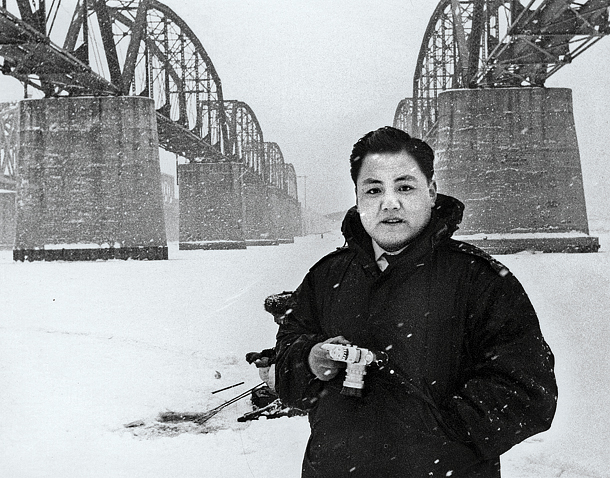
Han Youngsoo, 1958, Han river, photographer unknown.
Han Youngsoo (1933-1999) began his work in photography after he returned to Seoul from the frontlines of the Korean War (1950-1953). Han captured the city and its surroundings with a keen eye for form and narrative detail, in intimate scenes as well as panoramic vistas, documenting both its ancient ways of life and its dramatic transformation from war-torn metropolis to a prosperous modern society.
Header image caption: Han Youngsoo, Ttukseom, Seoul, Korea 1956. Medium: Toned gelatin silver print. Paper size: 16 x 20 in. Image size: 12 x 18 in. Courtesy of Han Youngsoo Foundation.
The Underground Museum
3508 W Washington Blvd, Los Angeles, CA 90018
Space is limited; RSVP recommended
This event is free; $10 suggested donation to GYOPO
GYOPO invites you to a screening of Andrew Ahn’s film, Spa Night (2016), in the Purple Garden at The Underground Museum, followed by a conversation and Q&A between writer and director Andrew Ahn and author, cultural critic, and podcaster Karen Tongson. Together, they will discuss queerness in the context of US Asian American, immigrant, and POC communities; how queerness flourishes and how it is monitored; how we grapple with ideas of homophobia in minority communities; and how queerness is translated across generations and traditions.
About the film:
Los Angeles’ Korean spas serve as meeting place and bridge between past and future for generations of immigrant families; Spa Night explores one Korean-American family’s dreams and realities as each struggles with the overlap of personal desire, disillusionment and sense of tradition.
Brown Auditorium at LACMA
5905 Wilshire Blvd Los Angeles 90036
Free parking Wilshire/Spaulding lot after 7pm
Space is limited; RSVP recommended
This event is free; $10 suggested donation to GYOPO
LACMA contemporary art curators Rita Gonzalez and Christine Y. Kim are on the team of co-curators of the 12th Gwangju Biennale, Imagined Borders. Divided into seven sections, Gonzalez and Kim’s exhibition will examine the politics of participation, persuasion and power; contra-internet aesthetics; and analyses of worlds with perpetually threatened access to or without internet under the current and evolving post-internet conditions around the world. The Gwangju Biennale is the oldest international contemporary art biennial in Asia and the site of the 1980 mass protest against the former South Korean military government. Please join us for a unique presentation and discussion with the curators.
Image: Zach Blas, Jubilee 2033 (film still) 2018. Commissioned by Gasworks, London; Art in General, New York; and MU, Eindhoven.
This program is supported by the Byucksan Foundation.
Monday, July 16, 2018, 7:00–8:30pm
Korean Cultural Center Los Angeles
5505 Wilshire Blvd, Los Angeles, CA 90036
Space is limited; RSVP recommended
This event is free; $10 suggested donation to GYOPO
Artist Anicka Yi and curator Jamillah James will discuss aspects of Anicka’s multi-disciplinary practice and reflect on contemporary art and culture. Please join us for an engaging discussion.
Saturday, May 19, 2018, 5:00–6:30pm
Susanne Vielmetter Los Angeles Projects
6006 Washington Blvd, Culver City, CA 90232
Space is limited; RSVP recommended
This event is free; $10 suggested donation to GYOPO
Join a private walkthrough with artist Yunhee Min (b. 1962, Seoul). Her new solo exhibition at Susanne Vielmetter Los Angeles Projects presents the Wilde Paintings, in reference to both Oscar Wilde and to her new studio on Wilde Street in downtown LA and its bounty of sunlight. These new paintings continue her commitment to exploring the material possibilities of paint, surface, color, and movement.
Images
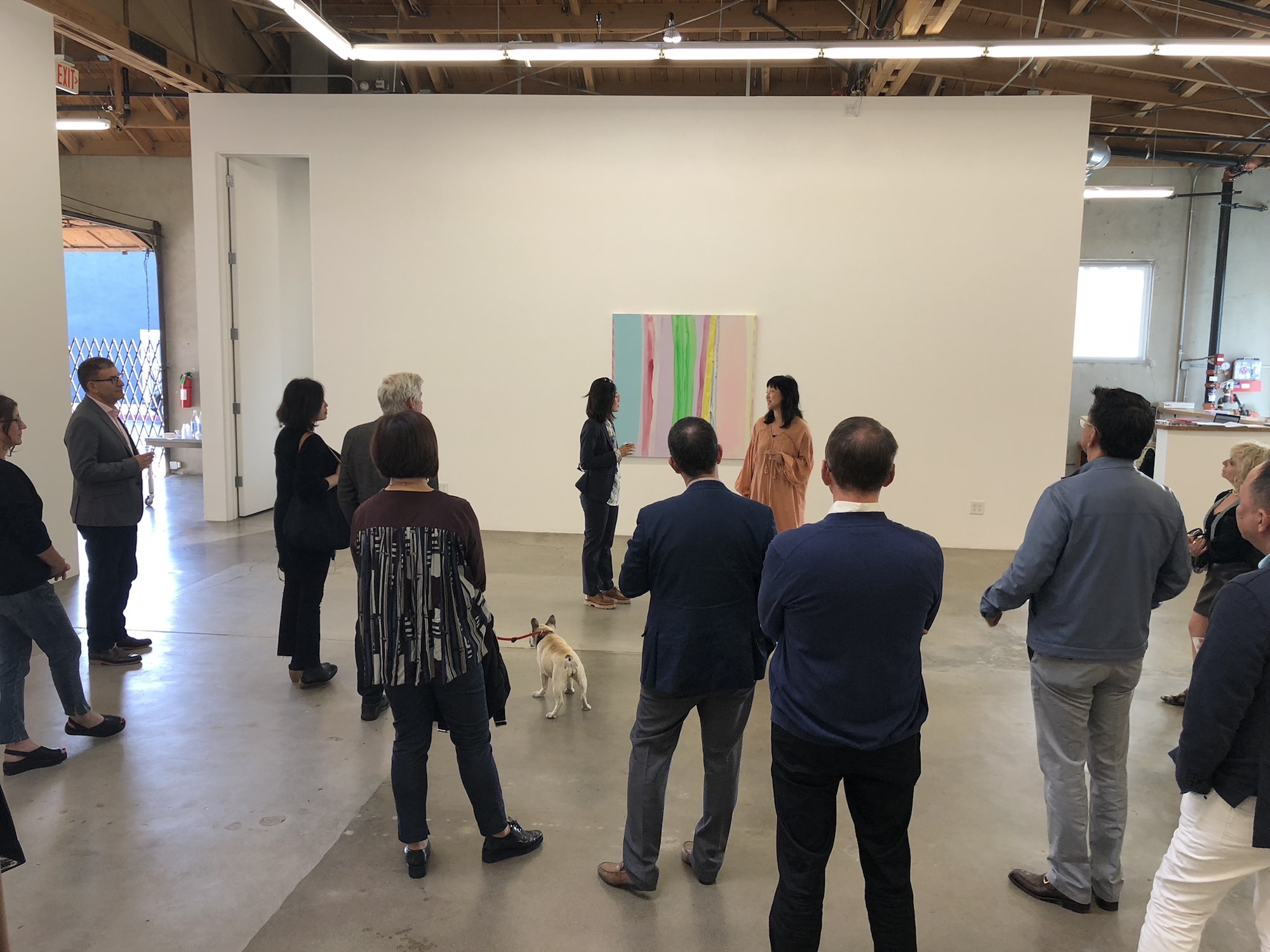
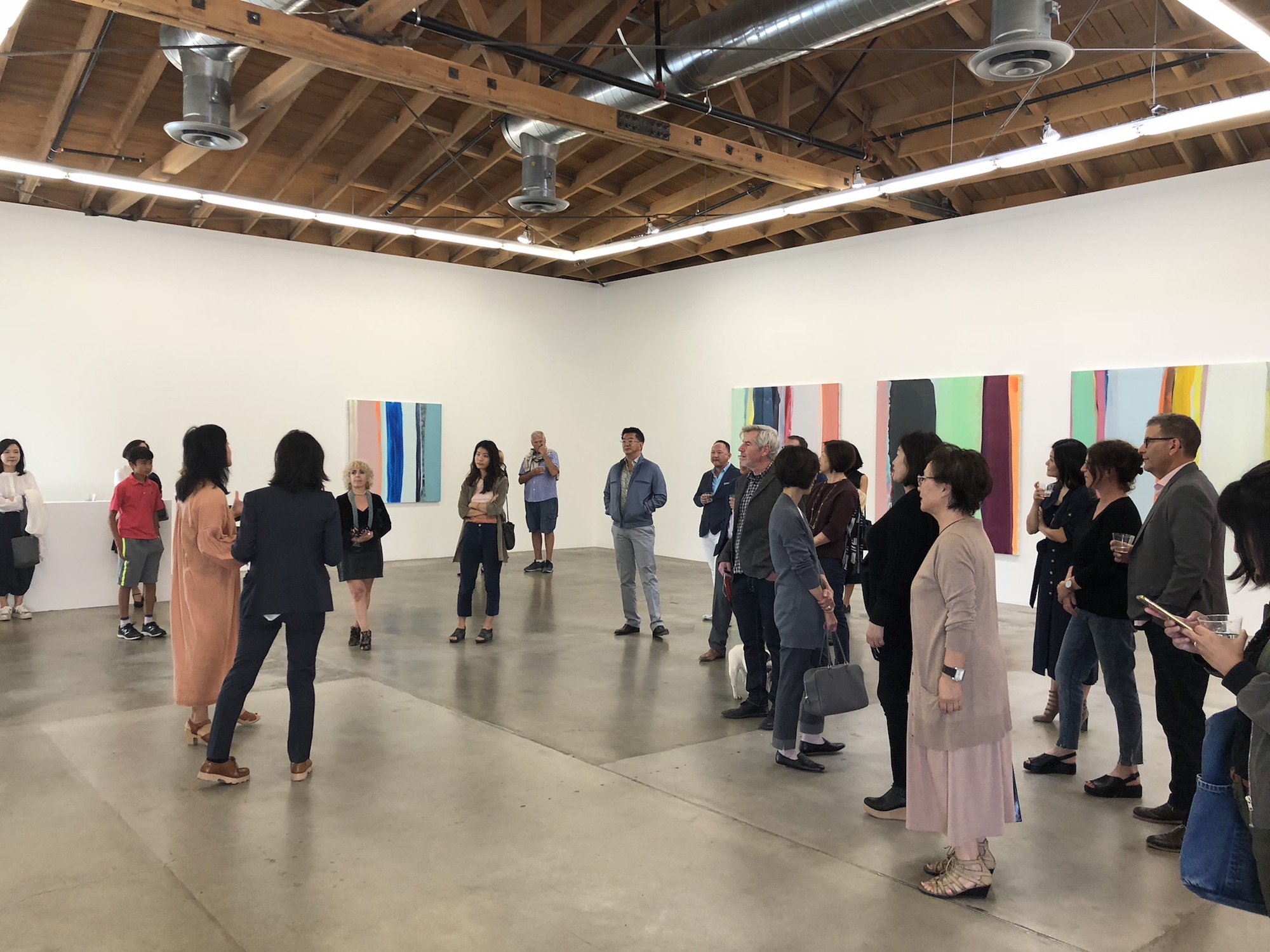
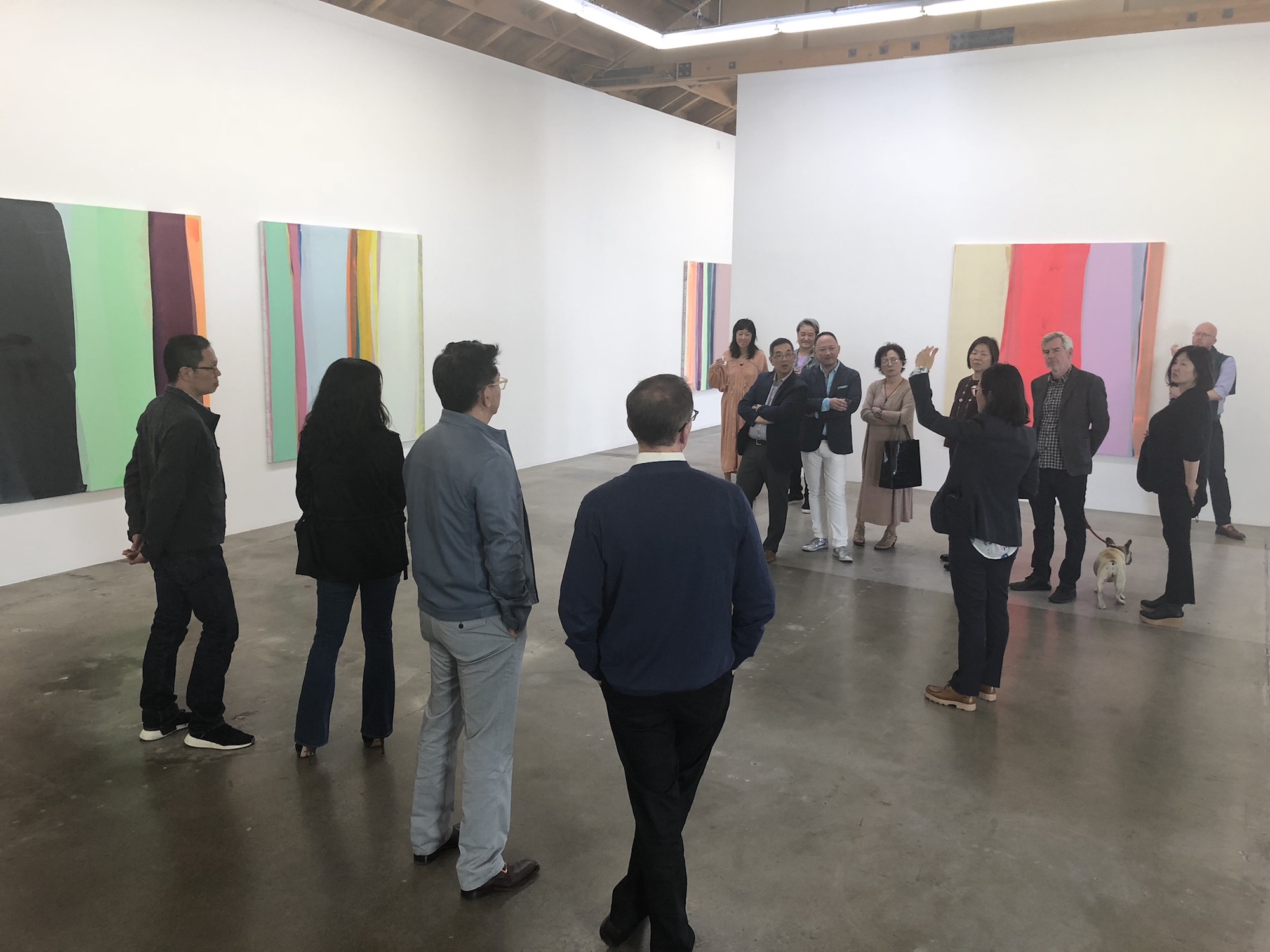
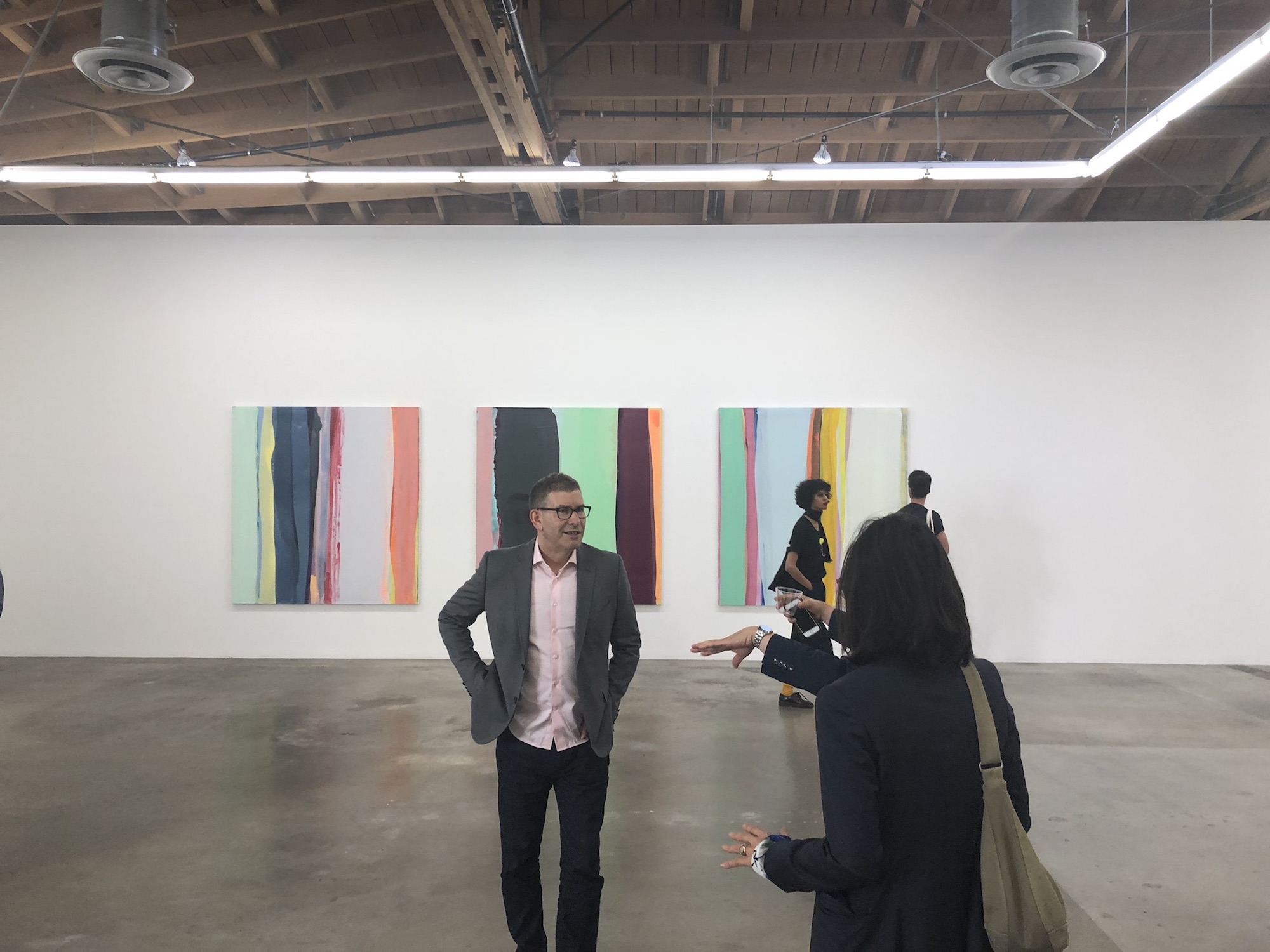
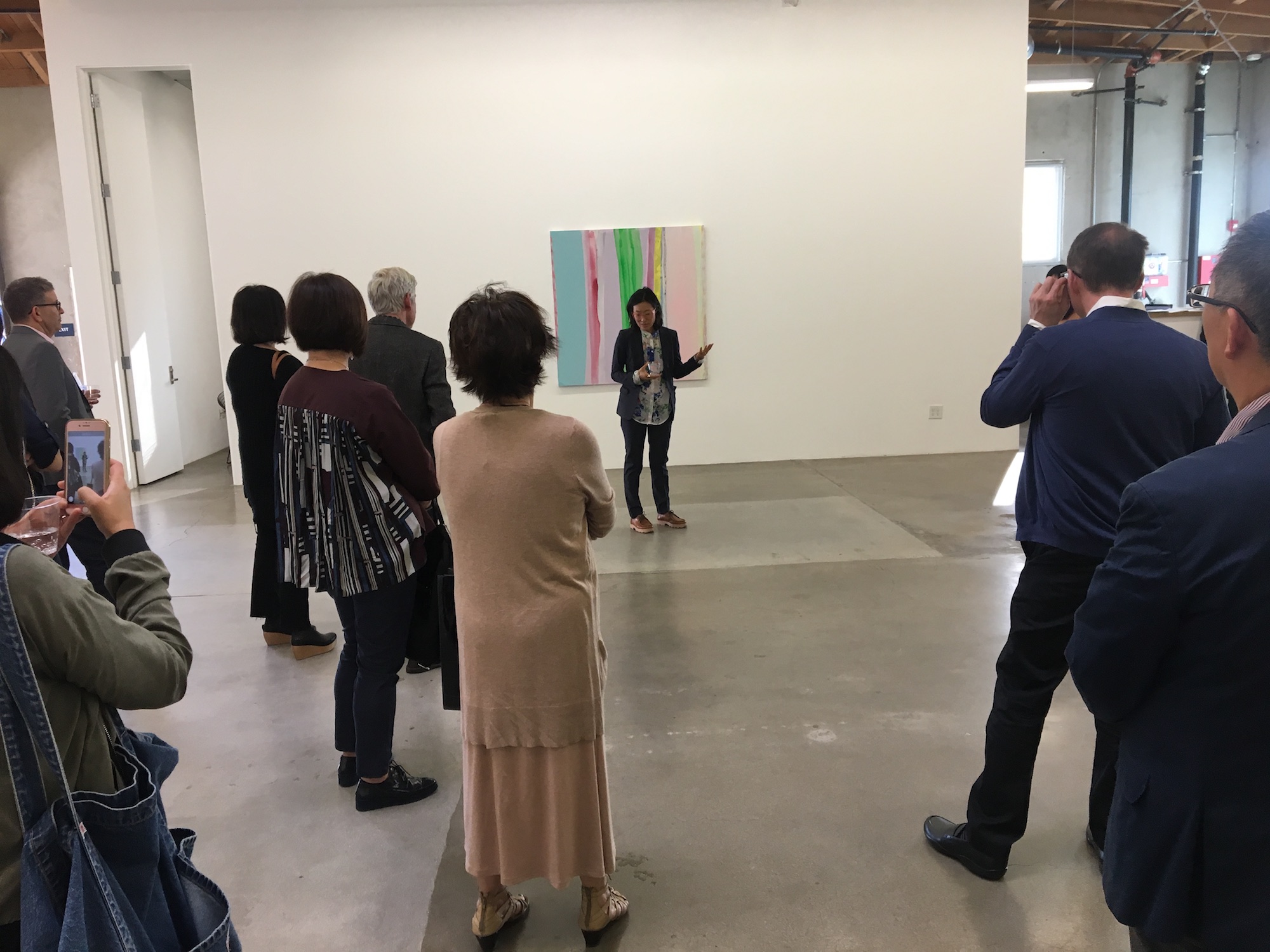
Brown Auditorium at LACMA
5905 Wilshire Blvd Los Angeles 90036
Free parking Wilshire/Spaulding lot
RSVP
$10 suggested donation to GYOPO
This program is supported by the Byucksan Foundation.
Celebrating the year of the dog at The Prince.
7 – 9pm (7:15 presentation, 8:30 reception)
Skibum MacArthur at Tin Flats 1989 Blake Ave, 90039
http://www.skibummacarthur.net
We kindly ask that you consider contributing by bringing food, drink or a suggested donation of $10.
The Artist as Petit Criminal
Often characterized as rebels and renegades, artists have long been associated with criminality, if not outright portrayed as criminals themselves. From the notorious Dada Fair of 1920 featuring a uniformed body with a pig’s head to Takis brazenly removing his own sculpture from the Museum of Modern Art in 1969, intentional violations of the law have often been used to underscore the force of artistic radicalism. But in 1971, American artist Barry Le Va pointedly observed how most infractions were in fact “little crimes,” an emphasis that implied a different set of motivations than those underpinning more notorious gestures of willful illegality. Ranging from petty theft to casual acts of vandalism, these “little crimes” illuminated how law was produced through the mediation of legislated regulation and social norms. As the works of artists like Ann Messner, David Hammons, X+Y, and Dennis Oppenheim demonstrate, the law is also determined by how certain kinds of spaces – shopping malls, public parks, and prisons – are used and perceived. Focusing on works made roughly between 1970 and 1985, when numerous artists turned to crime as both a subject and a medium, I look at various examples of works revolving around the enactment of petty crimes, including works made without criminal intention yet whose display and presentation facilitated criminal use. Although such works have been celebrated as extreme instances of the collapse between art and everyday life or as proof of art’s rejection of established institutions, I contend that they underscore the social thrust of art by activating interpersonal relationships on which the law so critically depends.






M M M M